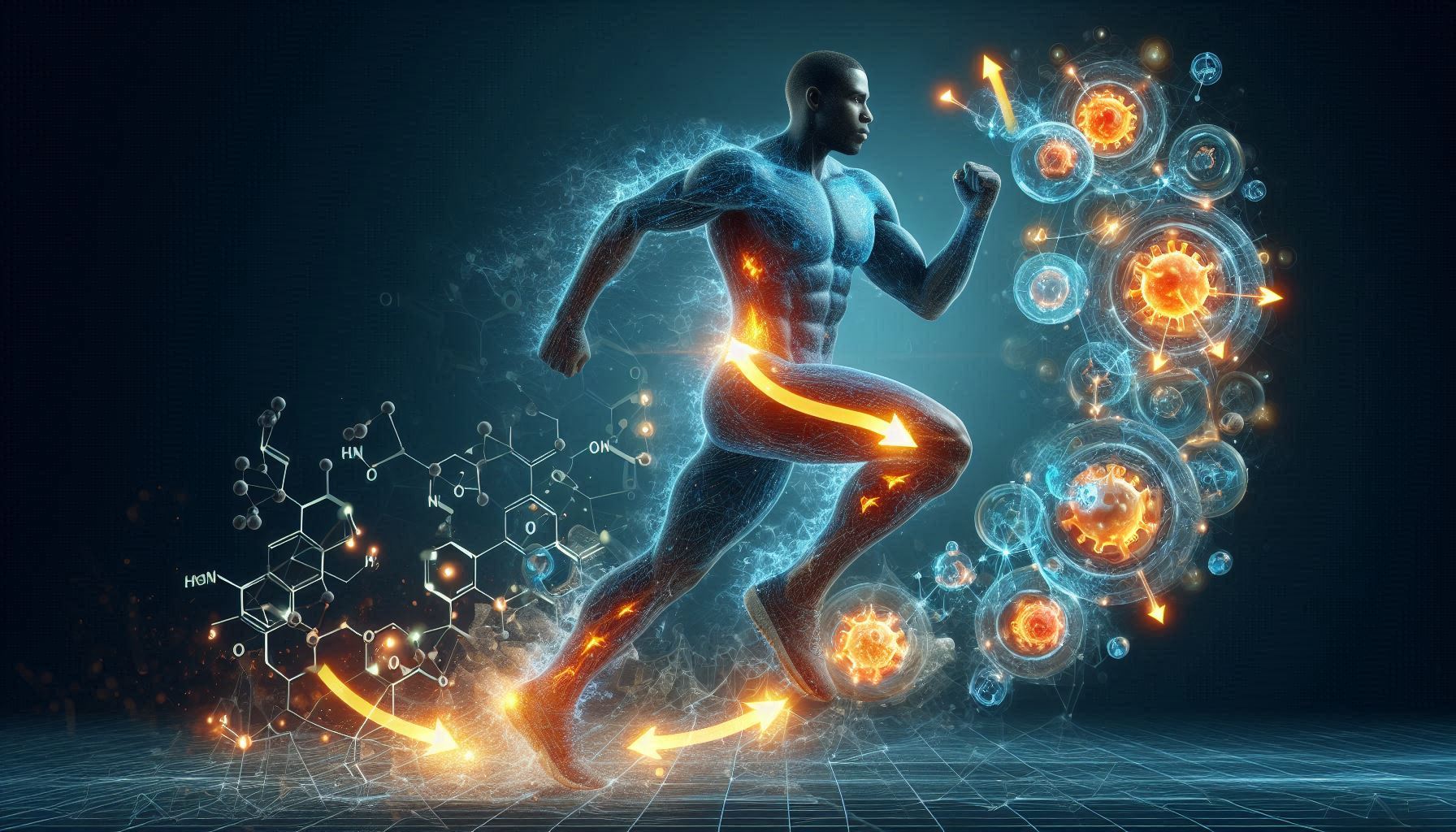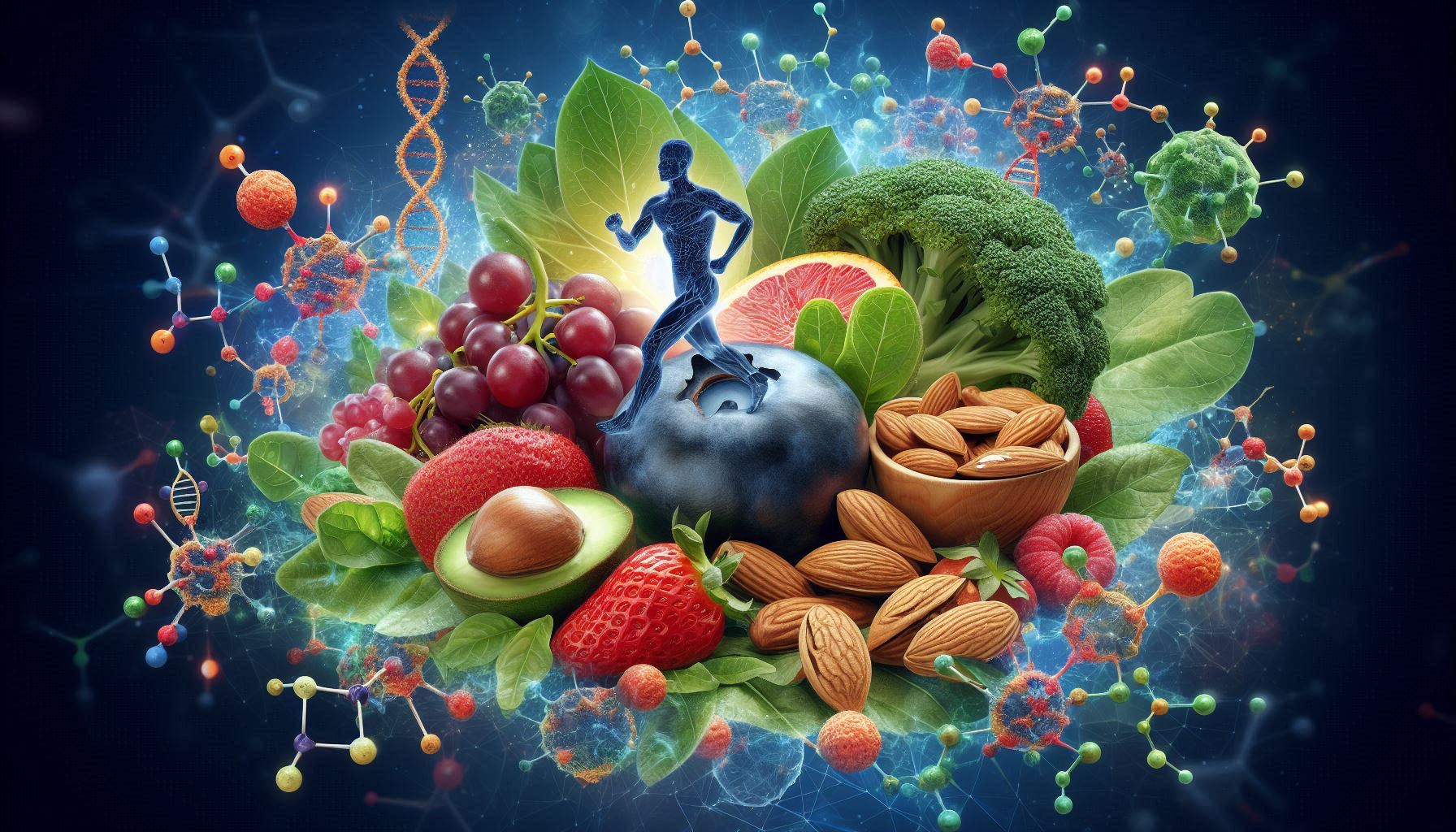Men’s Health Supplements: Supporting Vitality, Strength, and Longevity
Maintaining vitality, strength, and longevity is a primary concern for many men, especially in the face of aging, demanding lifestyles, and health challenges. While a balanced diet, exercise, and sleep are foundational pillars of well-being, nutritional supplements provide targeted support for men’s unique health needs, including hormonal balance, muscle maintenance, heart health, and cognitive function.
This comprehensive guide delves into the science-backed supplements that address the specific physiological requirements of men at different stages of life, helping them maintain energy, optimize performance, and promote long-term health.
The Core of Men’s Health: Understanding Key Challenges
Men face distinct health challenges shaped by hormonal, metabolic, and lifestyle factors. A tailored approach to supplementation can help address these concerns, which include:
- Hormonal Health: Testosterone is the cornerstone of male vitality. It regulates muscle growth, libido, energy levels, and mood. Testosterone production peaks in early adulthood and declines by 1–2% annually after the age of 30, leading to symptoms like fatigue, reduced libido, and decreased muscle mass.
- Muscle and Bone Maintenance: Men generally have higher muscle mass and bone density than women, but these decrease with age. Adequate protein, specific vitamins, and minerals are essential to preserve strength and mobility.
- Heart and Cardiovascular Health: Heart disease remains a leading cause of death among men. High cholesterol, hypertension, and inflammation are common issues that targeted supplements can help mitigate.
- Cognitive and Mental Health: Stress, poor sleep, and aging impact mental health and cognitive function. Supplements that support brain health and stress resilience are particularly valuable.
- Prostate Health: Prostate-related issues, including benign prostatic hyperplasia (BPH) and prostate cancer, increase in prevalence with age. Preventive nutritional strategies can help maintain prostate health and urinary function.
The Best Supplements for Men’s Health
1. Zinc: The Hormonal Supporter
- Why it’s Essential: Zinc plays a crucial role in testosterone synthesis, immune function, and cellular repair. It helps maintain libido, energy levels, and reproductive health. Deficiency in zinc is linked to reduced testosterone and weakened immunity.
- Natural Sources: Oysters, beef, pumpkin seeds, and cashews.
- Supplement Recommendation: 15–30 mg of zinc citrate or pollinate daily.
2. Vitamin D: The Foundation of Strength
- Why it’s Essential: Known as the “sunshine vitamin,” vitamin D supports testosterone production, bone density, and immune health. Men with low vitamin D levels often experience fatigue, reduced muscle function, and increased risk of osteoporosis.
- Natural Sources: Sun exposure, fatty fish, and fortified dairy products.
- Supplement Recommendation: 2,000–5,000 IU of vitamin D3 daily, adjusted based on blood test results.
3. Omega-3 Fatty Acids: The Heart Protector
- Why it’s Essential: Omega-3 fatty acids, particularly EPA and DHA, reduce inflammation, lower triglycerides, and enhance cardiovascular and cognitive health. They also improve joint flexibility and combat oxidative stress.
- Natural Sources: Salmon, mackerel, walnuts, and flaxseeds.
- Supplement Recommendation: 1,000–3,000 mg of EPA and DHA combined daily from fish oil or algae-based supplements.
4. Creative Monohydrate: The Muscle Builder
- Why it’s Essential: Creative enhances muscle strength, endurance, and recovery. It works by replenishing ATP (adenosine triphosphate), the body’s primary energy currency, making it invaluable for physical performance and cognitive function.
- Natural Sources: Red meat and fish, though dietary intake is often insufficient for performance needs.
- Supplement Recommendation: 3–5 grams daily.
5. Magnesium: The Stress Reliever
Magnesium is a vital mineral involved in over 300 biochemical processes in the body, making it indispensable for men’s health. Its roles range from regulating muscle and nerve function to maintaining a steady heartbeat and supporting a robust immune system. However, its importance in stress management and overall mental well-being cannot be overstated.
Why Magnesium Matters
- Stress Reduction: Magnesium acts as a natural relaxant by regulating the nervous system and reducing the production of cortisol, the body’s primary stress hormone. Lower cortisol levels help alleviate anxiety and promote emotional stability.
- Improved Sleep: Magnesium plays a critical role in the production of neurotransmitters like GABA (gamma-amino butyric acid), which helps calm the brain and prepare the body for restful sleep. Improved sleep directly impacts energy levels, mood, and recovery.
- Muscle Function and Recovery: For active men, magnesium helps relieve muscle tension, reduces cramps, and accelerates post-exercise recovery by minimizing lactic acid buildup.
- Heart Health: Magnesium supports healthy blood pressure levels, relaxes blood vessels, and reduces the risk of arrhythmias, promoting cardiovascular health under stress.
Sources of Magnesium
- Natural Dietary Sources:
Include foods like spinach, almonds, black beans, bananas, avocados, and dark chocolate in your daily diet to ensure an adequate intake. - Supplementation:
Despite its availability in foods, modern diets and depleted soil often lead to deficiencies. A magnesium supplement can bridge this gap effectively.
Choosing the Right Form
- Magnesium Glycine: Best for stress relief and improving sleep due to its high bioavailability.
- Magnesium Citrate: Effective for digestion and general supplementation.
- Magnesium L-Threonine: Optimal for cognitive function and memory enhancement.
Recommended Dosage
- Daily Intake: 300–400 mg per day is a safe and effective dose for most men. Start with a lower dose and gradually increase to avoid potential side effects like digestive discomfort.
Who Should Prioritize Magnesium?
- Men with high stress or anxiety levels.
- Those experiencing muscle cramps or frequent soreness.
- Individuals with insomnia or poor-quality sleep.
- Men at risk for heart disease or high blood pressure.
Synergy with Other Nutrients
Magnesium works best when paired with:
- Vitamin D: Enhances magnesium absorption and improves calcium regulation.
- B Vitamins: Boosts energy production and supports nervous system health.
- Zinc: Complements magnesium’s role in hormonal balance and immune support.
6. Ashwagandha: The Adaptogenic Powerhouse
- Why it’s Essential: Ashwagandha is a powerful adaptogen that helps combat stress, boost testosterone levels, and improve endurance. It also enhances sleep quality and reduces cortisol, the stress hormone.
- Natural Sources: Root extracts from the ashwagandha plant.
- Supplement Recommendation: 300–600 mg of standardized extract daily.
7. Saw Palmetto: The Prostate Protector
- Why it’s Essential: Saw palmetto is well-known for supporting prostate health by reducing symptoms of BPH, such as frequent urination. It also promotes hormonal balance by preventing the conversion of testosterone into dihydrotestosterone (DHT).
- Natural Sources: Berries of the saw palmetto plant.
- Supplement Recommendation: 160–320 mg of standardized extract daily.
8. Coenzyme Q10 (CoQ10): The Cellular Energizer
- Why It’s Essential: CoQ10 supports mitochondrial function, which is crucial for energy production. It also acts as an antioxidant, reducing oxidative stress and promoting cardiovascular health, especially in men taking statins.
- Natural Sources: Organ meats, fatty fish, and spinach.
- Supplement Recommendation: 100–200 mg daily.
9. Boron: The Testosterone Booster
- Why It’s Essential: Boron supports bone density, reduces inflammation, and enhances free testosterone levels by reducing the binding of testosterone to SHBG (sex hormone-binding globulin).
- Natural Sources: Avocados, prunes, and almonds.
- Supplement Recommendation: 3–10 mg daily.
10. Resveratrol: The Longevity Molecule
- Why it’s Essential: Found in red wine and certain berries, resveratrol is a polyphenol that supports heart health, reduces inflammation, and may activate genes linked to longevity.
- Natural Sources: Grapes, blueberries, and peanuts.
- Supplement Recommendation: 150–500 mg daily.
Men’s Health across the Lifespan
In Their 20s and 30s: Building the Foundation
- Key Focus: Testosterone support, muscle building, and stress resilience.
- Recommended Supplements: Zinc, vitamin D, creative, and ashwagandha.
In Their 40s and 50s: Maintaining Strength and Health
- Key Focus: Heart health, hormonal balance, and managing stress.
- Recommended Supplements: Omega-3 fatty acids, CoQ10, saw palmetto, and magnesium.
In Their 60s and Beyond: Preserving Longevity
- Key Focus: Prostate health, cognitive function, and inflammation reduction.
- Recommended Supplements: Resveratrol, omega-3 fatty acids, vitamin D, and saw palmetto.
Synergy: Combining Supplements for Maximum Effect
Pairing supplements strategically enhances their efficacy:
- Magnesium + Vitamin D + Zinc: Supports testosterone production, sleep quality, and immune health.
- Omega-3s + CoQ10: Combines anti-inflammatory benefits with enhanced heart and cellular health.
- Ashwagandha + Magnesium: Promotes stress resilience, improved sleep, and recovery.
Lifestyle and Nutrition: The Essential Foundation
Supplements amplify the benefits of a healthy lifestyle but cannot replace it. Focus on:
- Balanced Diet: Incorporate lean proteins, whole grains, fruits, and vegetables for comprehensive nutrition.
- Regular Exercise: Strength training and cardiovascular activity maintain muscle mass and support heart health.
- Quality Sleep: Prioritize 7–9 hours of restorative sleep to optimize hormonal balance and recovery.
Selecting High-Quality Supplements
- Third-Party Testing: Ensure supplements are tested by organizations like NSF, USP, or Informed Choice for purity and potency.
- Bioavailability: Choose forms like magnesium glycinate, vitamin D3, and fish oil with high EPA/DHA content.
- Avoid Fillers: Opt for clean-label products without artificial additives.
Conclusion
Men’s health supplements are powerful tools for enhancing vitality, strength, and longevity. By addressing key areas such as hormonal balance, cardiovascular health, and cognitive function, they help men meet the challenges of aging and demanding lifestyles. However, supplements are most effective when paired with a nutrient-rich diet, regular exercise, stress management, and quality sleep.
Before beginning any supplement regimen, consult a healthcare professional to tailor choices to your individual needs, ensuring safe and effective support for long-term health and vitality.
SOURCES
National Institutes of Health (NIH) – Office of Dietary Supplements, 2021
Journal of the American College of Nutrition, 2015. DOI: 10.1080/07315724.2015.1077811
Nutrients Journal, 2017. DOI: 10.3390/nu9030249
Sleep Health Journal, 2019. DOI: 10.1016/j.jocn.2019.07.091
Harvard Medical School, 2020.
International Journal of Cardiology, 2018. DOI: 10.1016/j.ijcard.2018.01.001
HISTORY
Current Version
November 22, 2024
Written By:
ASIFA












